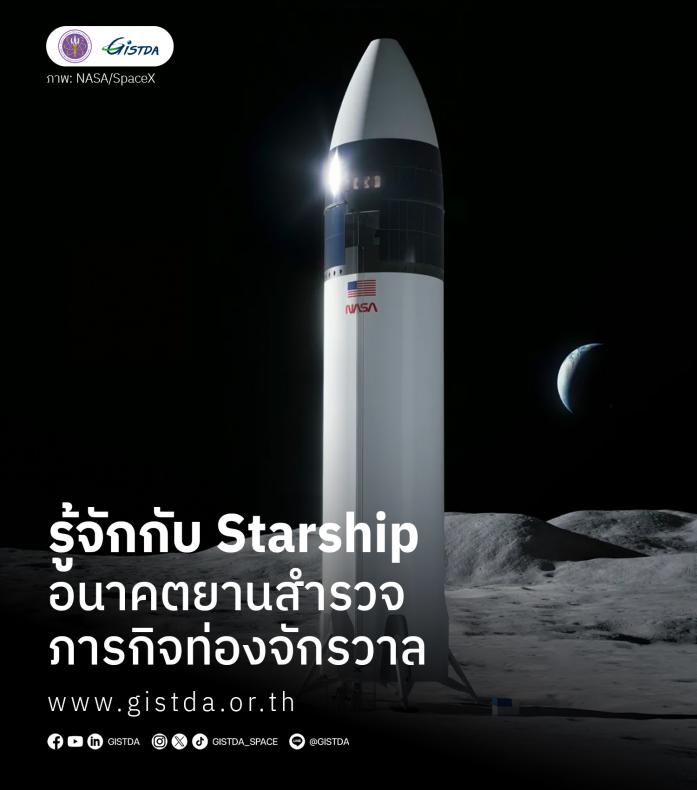Imagine what would happen if humanity could travel between planets in the solar system, just like airliners transports people across continents nowadays.
That is one of the main goals that SpaceX would like to accomplish with its Starship rocket, which is currently under development at the facility known as "Starbase" in Boca Chica, Texas, United States.
Starship consists of two stages, with the first being the "Super Heavy" booster that consists of 33 Raptor engines capable of producing 74,400 kN of thrust, being the most powerful rocket ever flown in the entire history after achieving its first test flight on 20 April 2023. The second stage, or the "Starship" spacecraft, will be capable of launching humans towards the Moon, Mars, or venture further beyond into the Solar System. The Starship can also be configured to launch larger satellites, or even be a fuel tanker to refuel another Starship while in orbit.
SpaceX aims to make Starship fully reusable, by being able to land both Super Heavy booster and Starship spacecraft back on Earth, then reusing it for another mission. This could potentially reduce the cost of space exploration missions, while also increasing the overall launch frequencies of Heavy-lift launch vehicles.
Starship will be the next crewed lunar lander to attempt a landing on the Moon, with SpaceX being contracted by NASA to manufacture a modified Starship version for the Moon landing. This will happen on the Artemis 3 mission, which is currently scheduled for September 2026. Currently, SpaceX has yet to launch Starship into orbit during its first two test flights, but the Starship spacecraft has reached space in the second test flight, which occurs on 18 November 2023.
When the Starship is ready for operational flight, we could potentially see multiple missions toward the Moon, or making interplanetary flights to Mars and beyond. Starship capability means that scientists could send larger spacecraft on a direct trajectory toward outer planets, such as Uranus and Neptune, which could reduce the total travel time and return more valuable scientific data than being launched by other types of rockets.
We could see the utilization of “Point-to-point” traveling between continents here on Earth, for example, a plane trip between Singapore and New York, United States, took approximately 18 hours to traverse across 15,000 kilometers. SpaceX promised that Starship could travel anywhere around the world within 1 hour, and has already been awarded a contract by the US Space Force to develop the Rocket Cargo program for them.
"Point-to-point" traveling could benefit the construction of a spaceport in Thailand, with the geological advantage of being near the equator and surrounded by the sea, the Thai spaceport could host both rocket launches and intercontinental traveling in the future.
GISTDA or the Geo-Informatics and Space Technology Development Agency (Public Organization) is currently working with multiple entities to research the possibilities and benefits of having a spaceport in Thailand. This could be a fantastic opportunity for the Thai space industry as we venture into the next era of space exploration.




